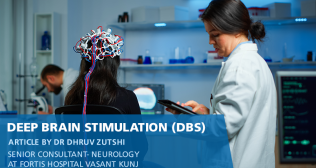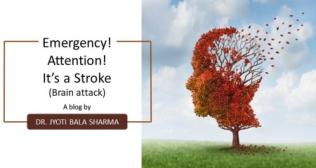
What Is Spinal Stenosis ? Treatment & Surgery Procedure
Overview
Spinal stenosis is a condition which is usually caused due to the narrowing of the spine – often witnessed in the cervical (upper) or lumbar (lower) spinal regions. This narrowing causes a feeling of compression or stinging on the nerves of the spine – which can lead to excruciating pain, tingling/numbness or weakness.
Spinal stenosis usually occurs as a result of wear and tear on the spinal cord discs and joints which cause the spinal canal to narrow. This wear and tear, in most cases, happens due to aging or because of certain conditions, such as arthritis. As a matter of fact, spinal stenosis is recognized as one of the most common spine conditions prevalent in older people. Moreover, as this condition tends to worsen over a period of time, timely treatment is usually recommended as it can severely affect your relationships and work.
Treatment Alternatives
There is an array of treatment options available for spinal stenosis. The treatment usually depends on how severe the patient’s symptoms are along with underlying medical conditions. In most cases, however, it can be treated without surgery after a consultation with orthopedic and neurosurgery experts who will recommend the best course of action for the patient. These specialists – after analyzing your stenosis symptoms and medical history – perform a thorough evaluation with the aid of imaging scans, electromyography, bone scans to find the most effective treatment solution.
After an accurate diagnosis of spinal stenosis is confirmed, a doctor might either recommend conservative treatments or surgery – should the conservative treatment measures fail. Conservative or nonsurgical treatments usually entail administering nonsteroidal anti-inflammatory drugs (NSAIDs) and/or Cortisone injections supplemented with chiropractic care, acupuncture, yoga, Pilates, physical therapy, coupled with plenty of rest.
However, if these methods show no signs of alleviating the pain or seem to work only temporarily, spinal stenosis surgery is suggested. Surgery is usually only suggested if –
- Non-surgical treatments haven’t shown any signs of progress.
- There are no signs of the pain lessening even after a lengthy period of time.
- An individual exhibits signs of radiculopathy – a medical term which is widely used to describe pain, numbness, and tingling present in the arms or legs.
- If the individual is experiencing a significant loss of motor strength in their limbs.
- Loss of bowel or bladder control (for instance: Cauda Equina syndrome).
Surgery Procedures
If non-surgical treatment methods seem to be not working, there are several surgical options available. More often than not, the type of surgery is entirely dependent upon the source of the spinal stenosis. In the majority of the cases, minimally invasive procedures are known to offer patients lasting relief from the symptoms on display. There are two primary types of surgery which are usually recommended:
Decompression Surgery for Spinal Stenosis
Under this method, the surgeon usually looks to remove the tissue which is pressing against the nerve structure. The goal is to create enough space for the constricted spinal cord or nerve roots to pass through. Once more room has been created, all signs of numbness, tingling, and pain usually associated with spinal stenosis also subside.
Further, there are usually different methods associated with this type of surgery:
- Foraminotomy
- Laminotomy
- Laminectomy
- Indirect decompression



















